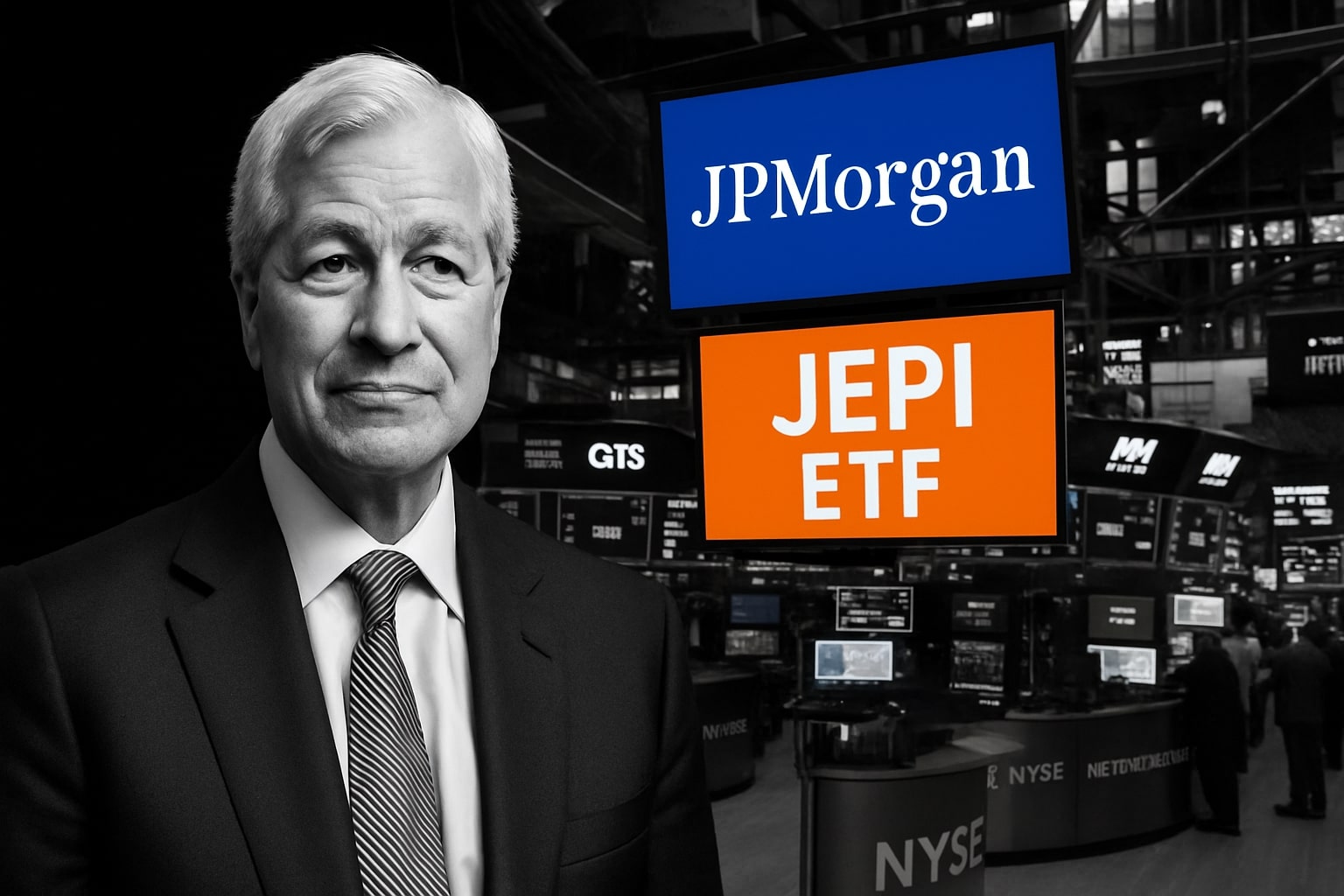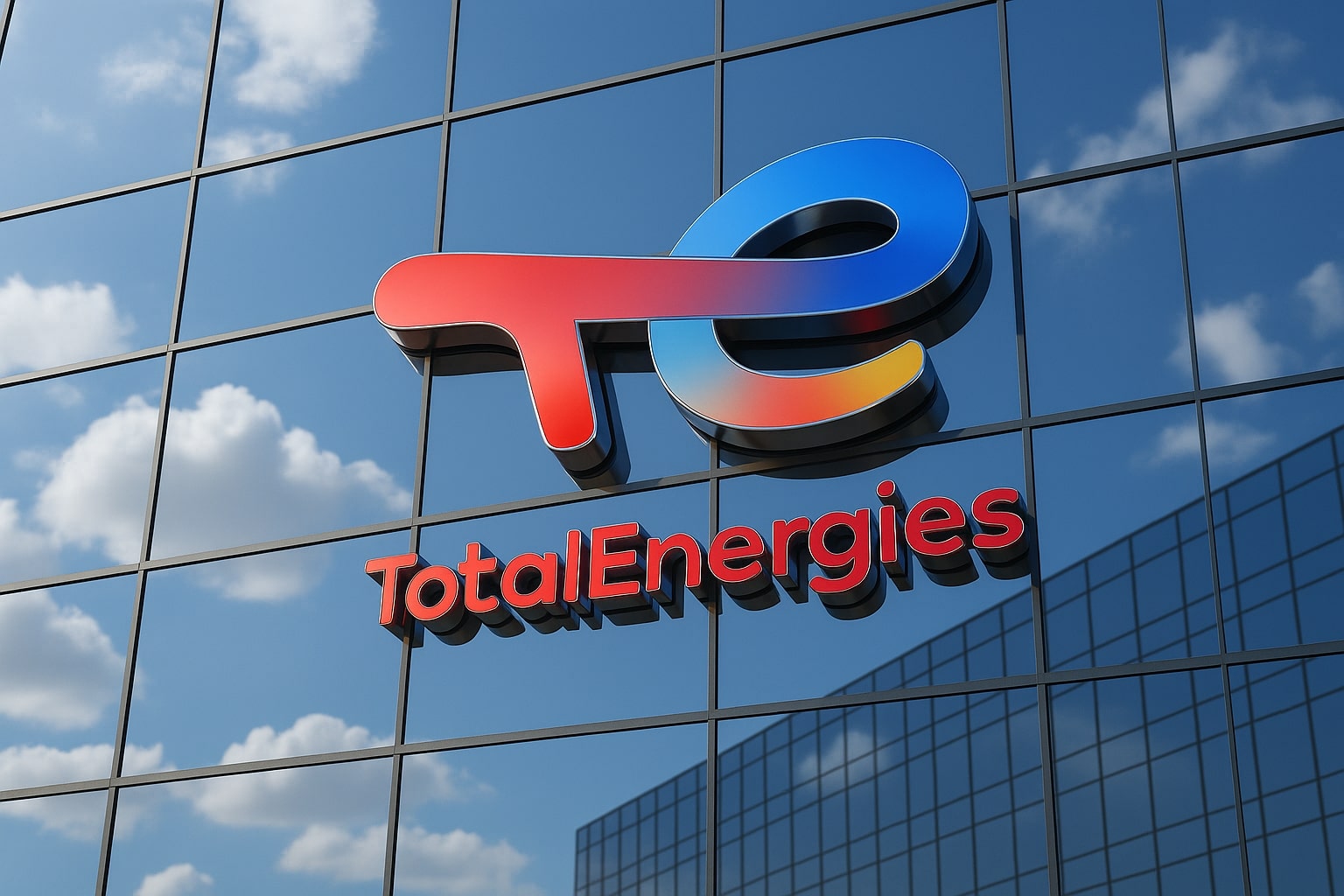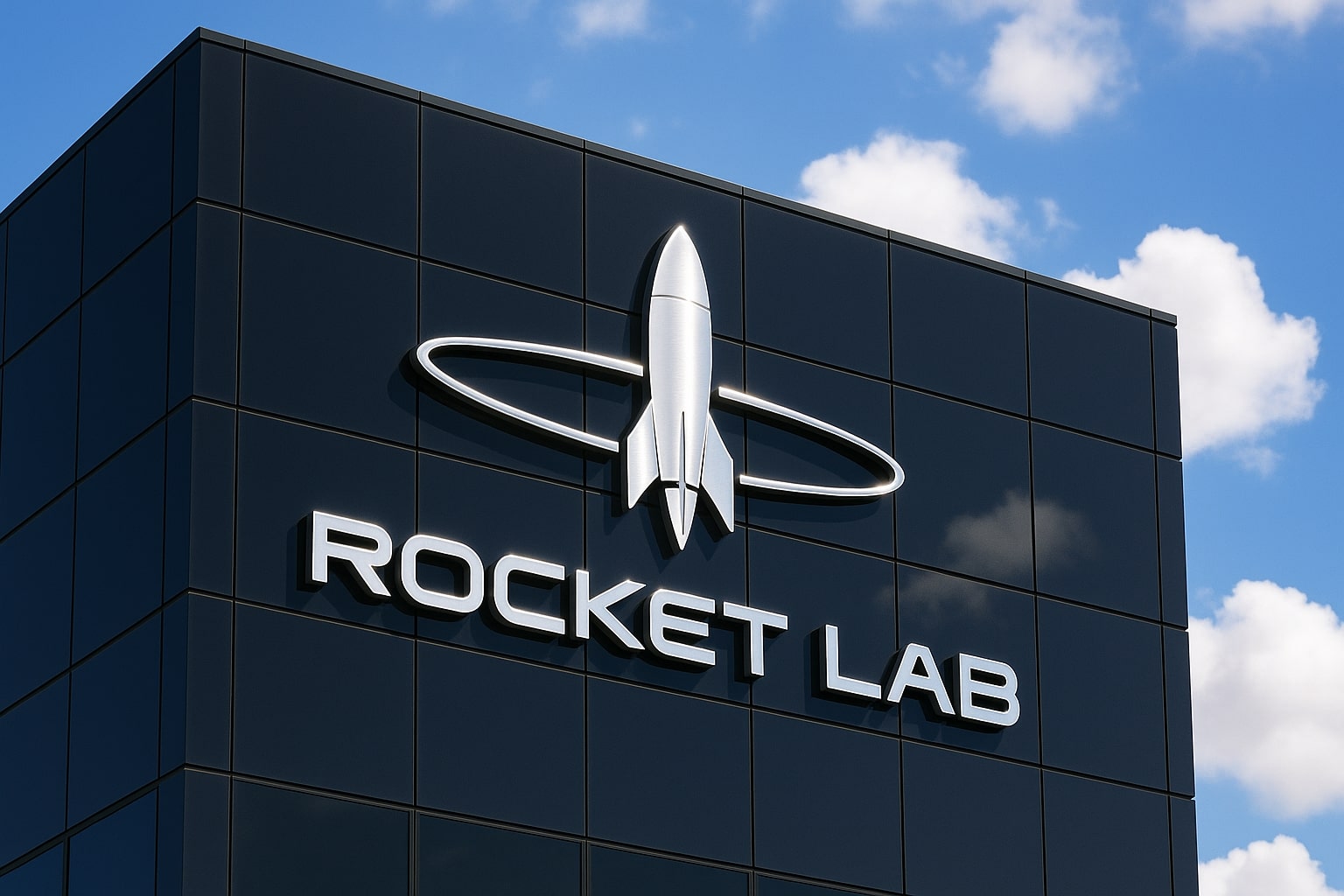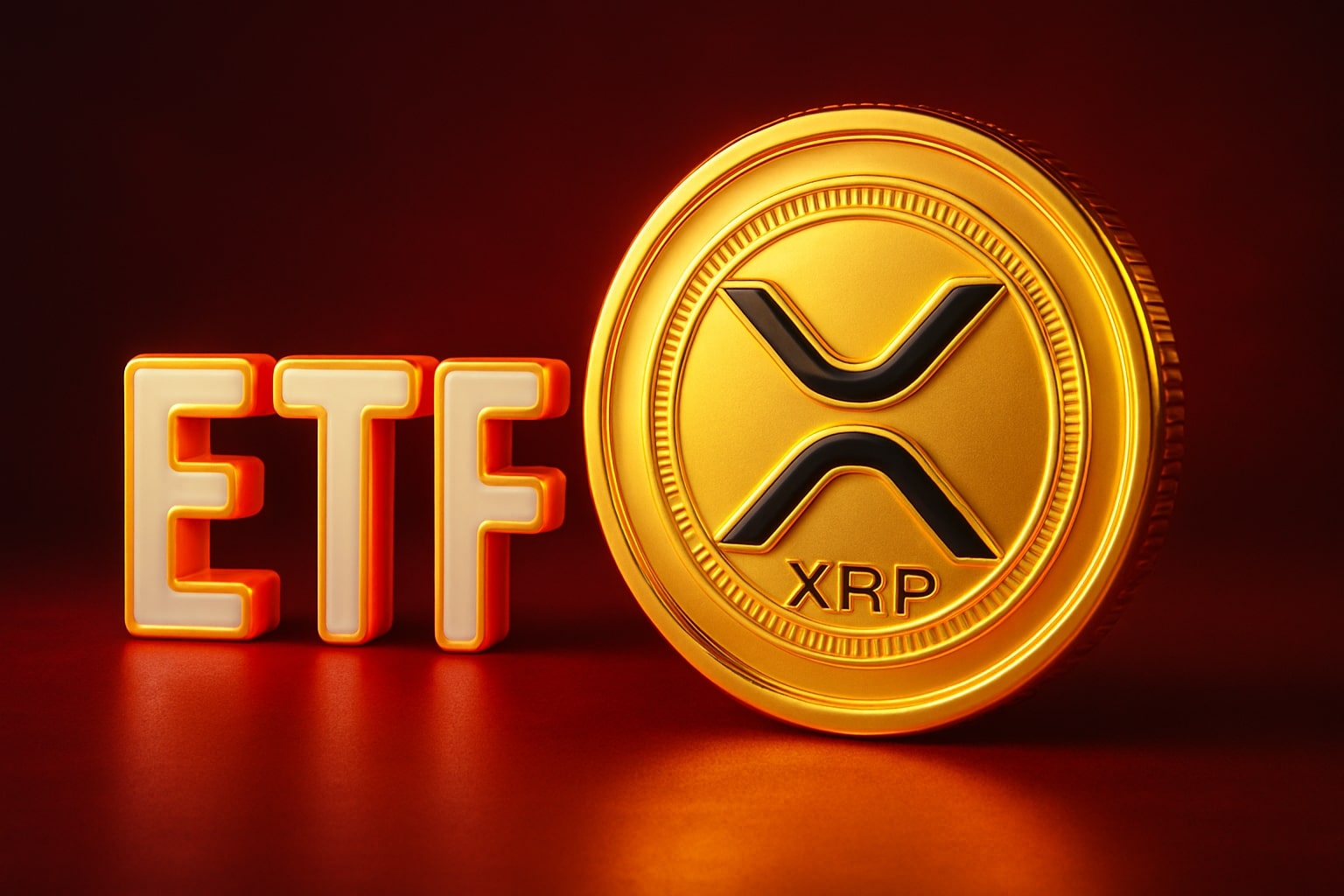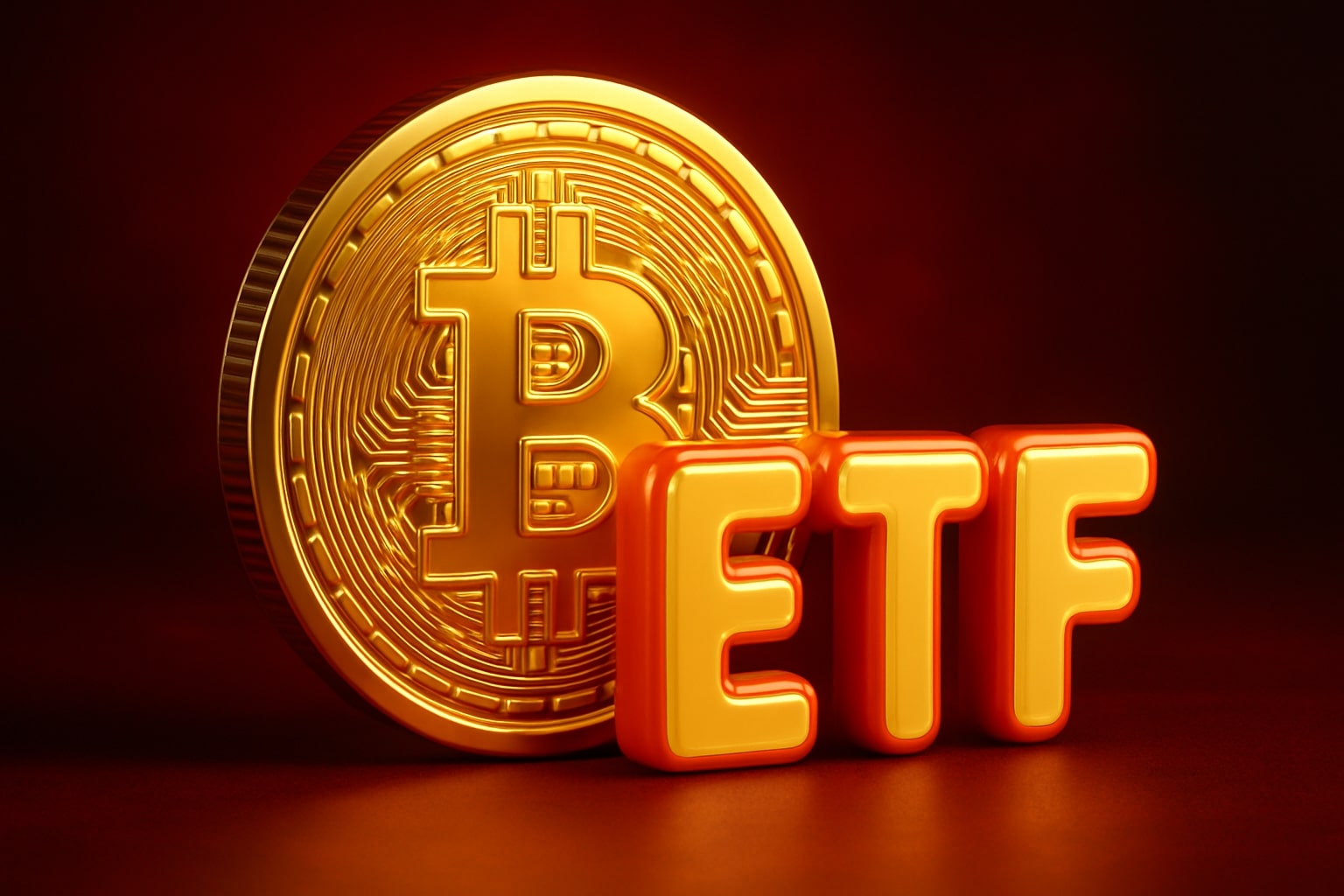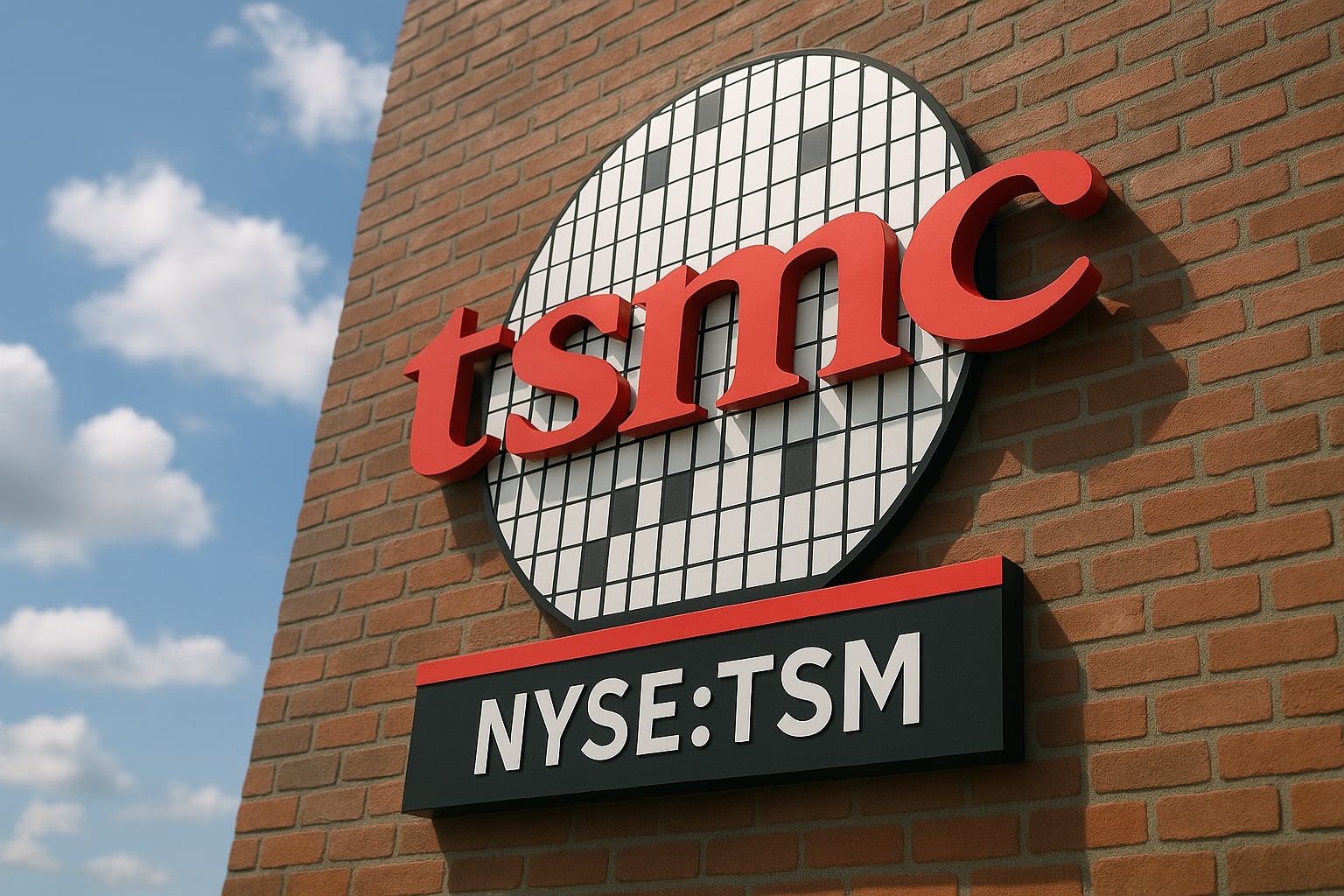
TSMC Stock Price Forecast - NYSE:TSM at $231 Powers AI Growth Amid Export Control Risks
With 70% global foundry share, $9.2B quarterly profit, and Arizona fab expansion, TSM balances AI-driven upside with geopolitical headwinds as analysts target $269–$306 | That's TradingNEWS
NYSE:TSM Stock Analysis – Taiwan Semiconductor at $231 Balances AI Dominance with Export Headwinds
Taiwan Semiconductor Manufacturing Company NYSE:TSM is trading at $231.39 per share, only a step below its 52-week peak of $248.28 and nearly 72% above its low of $134.25. With a market capitalization of $1.2 trillion, the company has consolidated its role as the undisputed leader of global semiconductor production. Its share of the global foundry market rose to 70.2% in Q2 2025, up from 62.3% a year earlier, while Samsung slipped to just 7.3%. At this valuation, TSM is no longer viewed simply as a chipmaker — it has become a systemic pillar of the AI and advanced computing economy, producing wafers for clients like Nvidia, Apple, AMD, and Qualcomm.
Earnings Momentum Confirms Strength Despite Restrictions
The company’s Q2 2025 financial performance underscored why investors continue to pay a premium. Revenue grew 54% year-on-year to $31.67 billion, while net profit surged 60% to $9.2 billion. Diluted EPS of $2.47 exceeded analyst consensus of $2.31, highlighting operational strength. On a trailing twelve-month basis, TSM generated NT$3.4 trillion ($108 billion USD) in revenue, with net income of NT$1.44 trillion ($45 billion USD), producing a profit margin of 42.5% and an operating margin near 50%. Gross profit exceeded NT$1.99 trillion ($63 billion USD), and operating cash flow stood at NT$2.13 trillion ($67 billion USD), giving the firm one of the most robust balance sheets in technology. Levered free cash flow of NT$694 billion ($22 billion USD) allows TSM to simultaneously return capital to shareholders and fund massive capacity expansion.
AI and High-Performance Computing Drive Revenue Mix
More than 60% of total revenue now comes from high-performance computing orders, with AI accelerators at the core. Nvidia’s GPUs, Apple’s M-series processors, and AMD’s EPYC chips are all built on TSM’s advanced nodes. The 3nm process, which only TSM can reliably deliver at scale, contributed 24% of wafer revenue in Q2, underscoring its shift away from legacy smartphone volumes. Smartphones, while still relevant at 27% of revenue, are no longer the driver. Instead, AI data centers and cloud infrastructure are fueling record demand. With AI infrastructure spending forecast to surpass $3–4 trillion over the next five years, TSM’s centrality in the supply chain ensures growth visibility. The company has already raised full-year guidance, now expecting 30% revenue expansion in 2025 compared with its earlier 20% forecast.
Export Control Risk Adds Friction but Not Structural Damage
On September 2, the U.S. Commerce Department confirmed that TSM’s validated end-user waiver for its Nanjing plant will expire by December 31, 2025. After this deadline, TSM must apply for individual export licenses for each shipment of U.S. chipmaking equipment, parts, or chemicals. The Nanjing fab, however, produces 12nm–28nm legacy nodes and accounts for just 3% of TSM’s total capacity. Chinese customers generated only 9% of company revenue in Q2, down from 16% last year. As a result, while the licensing requirement introduces compliance costs and delays, the direct financial exposure is modest. TSM has proactively reduced its reliance on Chinese suppliers, removing China-made tools from new fabs in Taiwan and the U.S., and is aligning with Washington’s Chip EQUIP Act requirements. Still, the geopolitical backdrop remains the largest overhang, as any escalation across the Taiwan Strait would immediately disrupt global supply chains.
Read More
-
JEPI ETF Edges to $57.11 as Yield Holds Above 8% and Covered-Call Premiums Power Income
11.11.2025 · TradingNEWS ArchiveStocks
-
XRP ETFs Slide — XRPI Down to $14.18 and XRPR to $19.80 as Investors Lock In Gains After Record Run
11.11.2025 · TradingNEWS ArchiveCrypto
-
Natural Gas Price Steadies Near $4.40 as Record U.S. Supply and Weather Volatility Define Market
11.11.2025 · TradingNEWS ArchiveCommodities
-
USD/JPY Price Forecast - Yen Holds Near 154.00 as Yen Slides and Market Awaits Fed-BoJ Policy Shift
11.11.2025 · TradingNEWS ArchiveForex
Valuation, Multiples, and Dividend Profile
At $231.39, TSM trades at a trailing P/E of 25.4 and a forward P/E of 20.3, with a PEG ratio of 1.22. By comparison, Nvidia commands a forward P/E above 40, while AMD trades closer to 32, highlighting TSM’s relative value given its market leadership. The ADRs pay an annual dividend of $3.34, yielding 1.46%, with a payout ratio of 30.5%. The 5-year average yield is 1.68%, showing stability in distributions even as capital expenditures exceed $30 billion annually. Analyst targets average $269.76, with the high forecast at $306, representing 16%–32% upside from current levels.
CapEx and Global Expansion Safeguard Supply Chain
TSM continues to invest between $30–40 billion annually in new fabs, ensuring it maintains leadership in advanced process nodes. In Arizona, its $100 billion multi-fab project is slated to deliver 2nm chips by 2027, supported by U.S. subsidies. In Japan, its Kumamoto joint venture with Sony and Denso focuses on 22nm–28nm automotive chips, diversifying beyond consumer electronics. These projects reduce reliance on Taiwan-based fabs and reassure customers like Apple and Nvidia that supply chains will be resilient even if political risk escalates.
Competitive Landscape Reinforces Moat
TrendForce data shows TSM’s market share climbing to 70.2%, up from 62.3% a year earlier, while Samsung slipped from 11.5% to 7.3% and SMIC fell to 5.1%. The top ten foundries now account for 97% of sector revenue, with TSM single-handedly driving the majority of growth. Clients are embedded in long-term development cycles with TSM, making switching prohibitively costly and risky. The company has demonstrated pricing power by raising advanced node wafer prices in 2025 without significant customer pushback — evidence of the strategic chokehold it maintains over global semiconductor supply.














